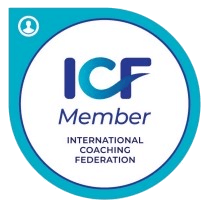Coaching for Quiet Quitting in Medicine
Quiet quitting is having a moment. Headlines like “ Is Quiet Quitting real?”, “When Quiet quitting is worse than the real thing” and “Quiet Quitting is a Fake Trend” have popped up regularly on social media and news feed. This trend has impacted all professions, including healthcare. Understanding what quiet quitting is, its causes, and how it can be addressed are essential to ensure patient safety, physician satisfaction, and productivity.
At its core, quiet quitting represents individuals performing their core job requirements within defined working hours. Viewed from a positive lens, this is a healthy process of setting boundaries that rejects the idea that work has to take over one’s life. Viewed from a negative lens, this represents festering disengagement and disillusionment that has the potential to erode productivity, team dynamics, and patient outcomes.
After-hours availability has always been expected of physicians. The transitions from paper charting to the electronic medical record, landlines to cell phones, and pagers to text messages have further eroded the boundary between home and office. Furthermore, medicine is as much a calling as it is a profession. As a result, physicians are frequently asked to work harder and longer because it is best for the patients- even when the extra effort does not impact the patient. Add in the current pressures of a global pandemic, societal unrest, war, and an economic downturn, and it is not surprising that we all feel a little off balance. Ultimately, quiet quitting is really about finding balance.
Achieving balance requires self-awareness and alignment. CoachingCoach, Therapist, Mentor, or Advisor? fosters both.
First, consider the following questions to assess your self-awareness:
- What do you value?
- What are your strengths?
- What is your preferred communication style?
Next, answer the following questions to assess how aligned you are with your values and strengths:
- How did you honor your core values in the last week?
- How do you utilize your strengths daily?
- How do you flex your communication style based on your audience?
Awareness of your values and strengths serves to set boundaries. Aligning your values and actions creates a sense of purpose and fulfillment. Effectively communicating boundaries and goals with those around you builds engagement. Contact me to learn more.





